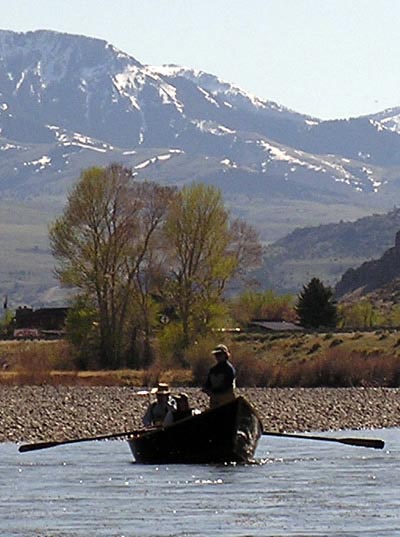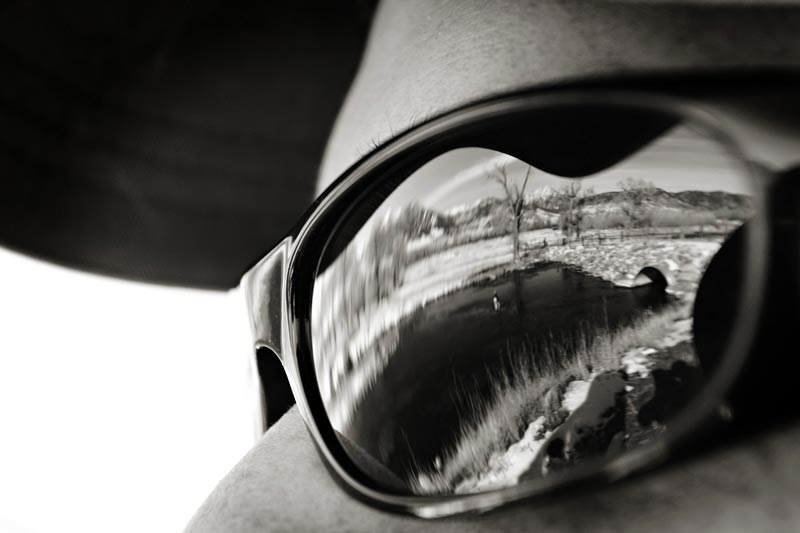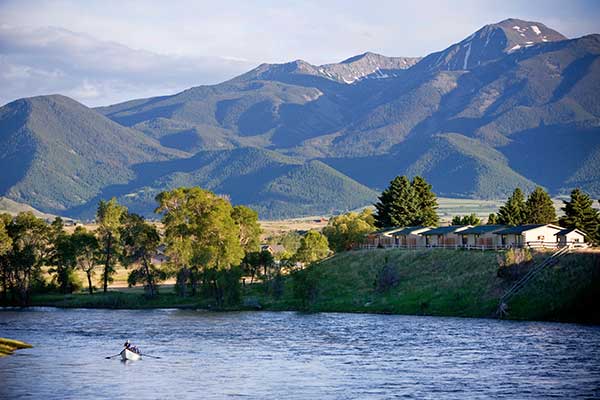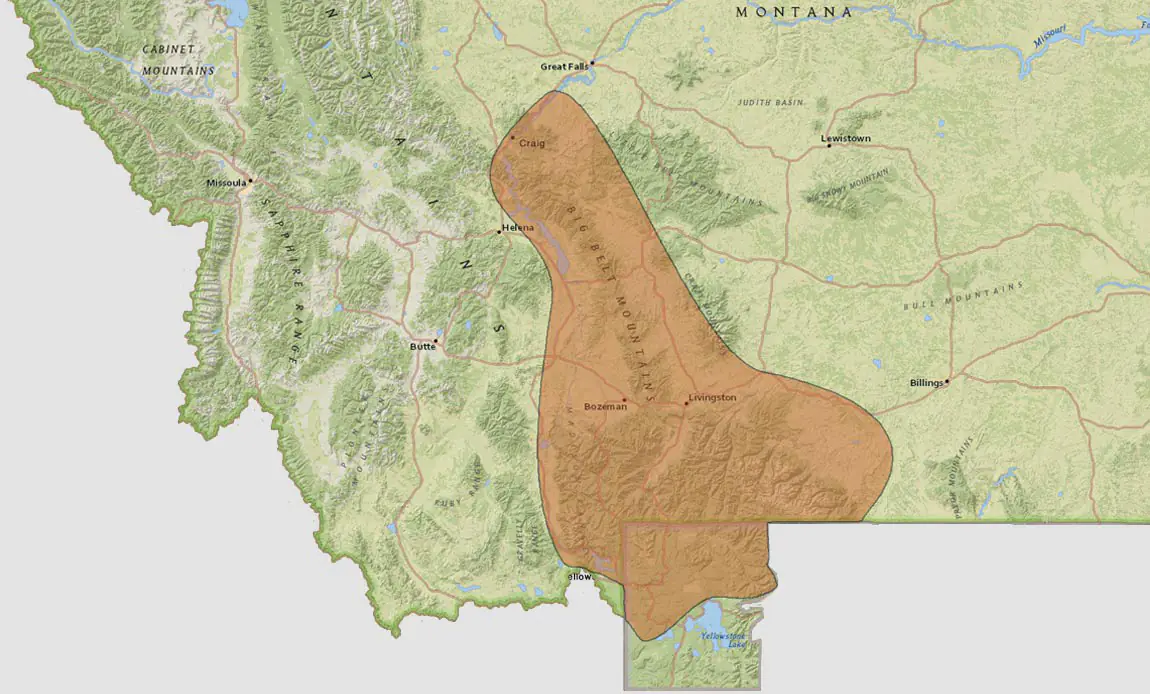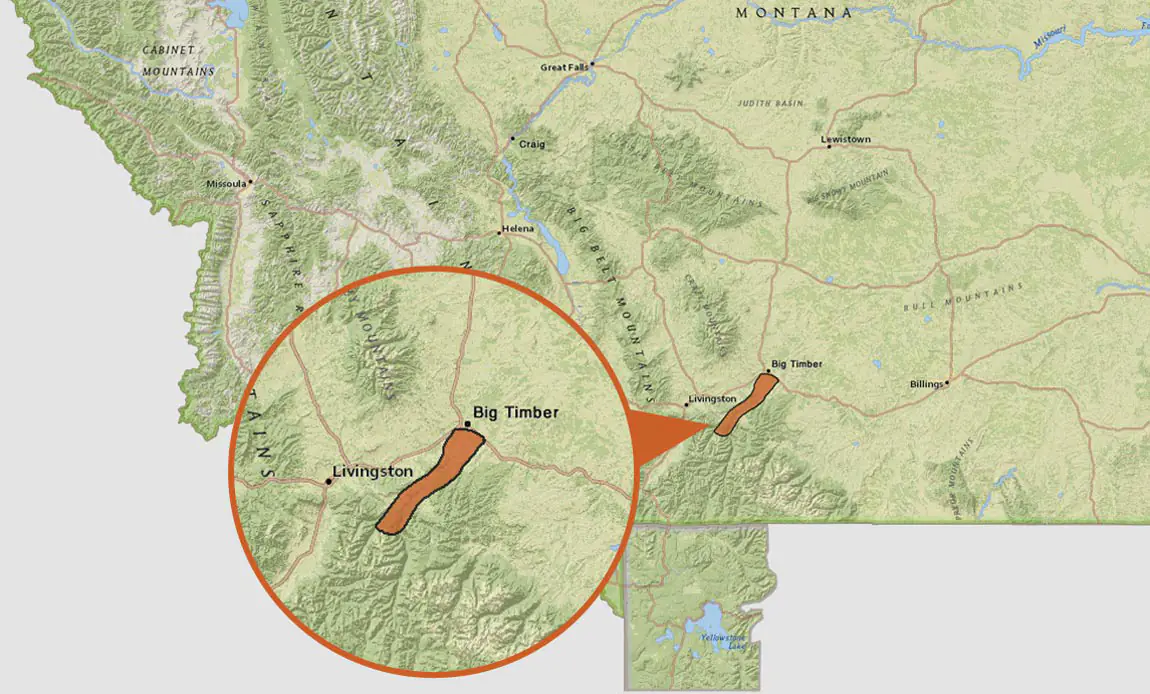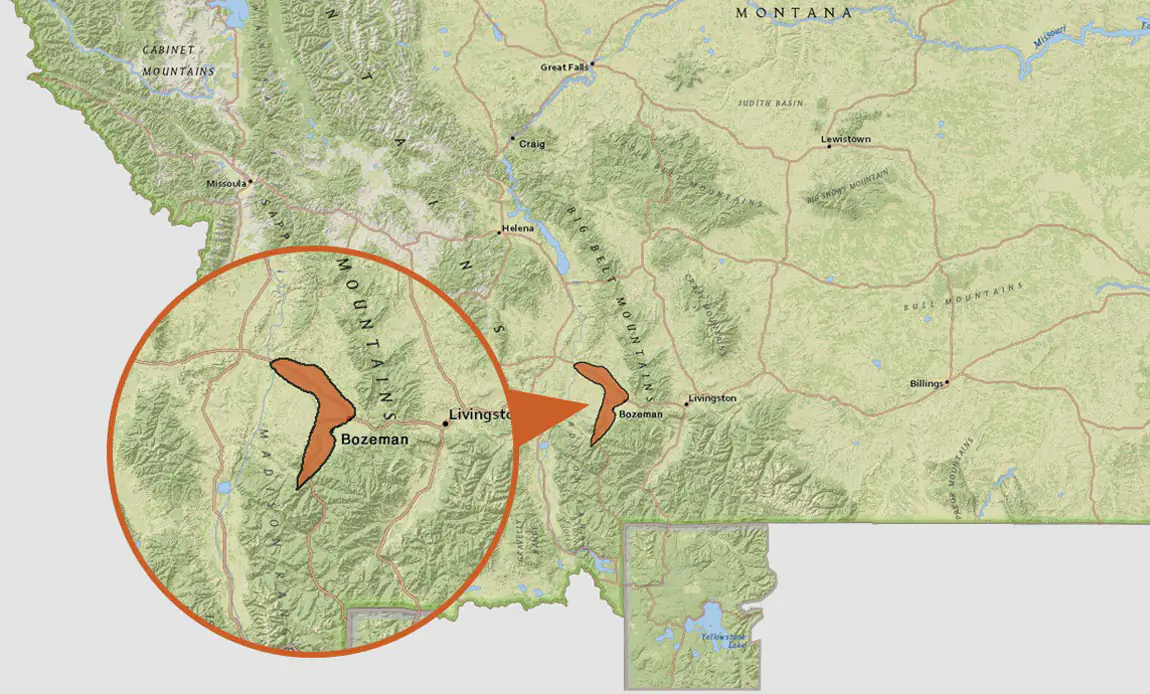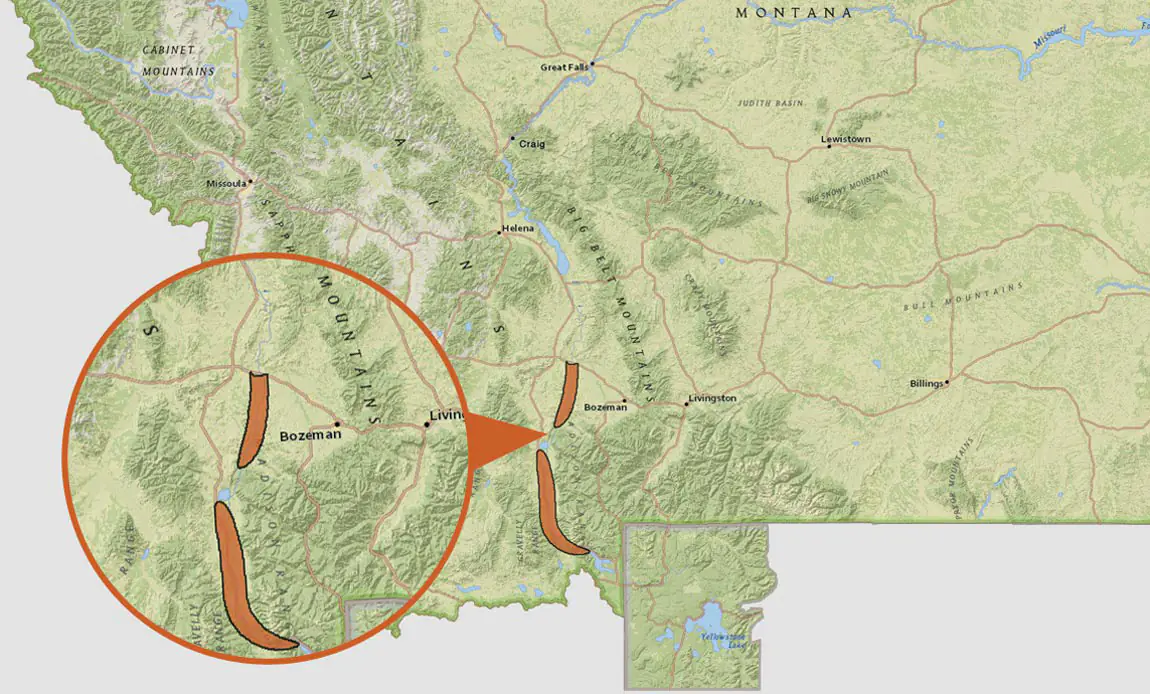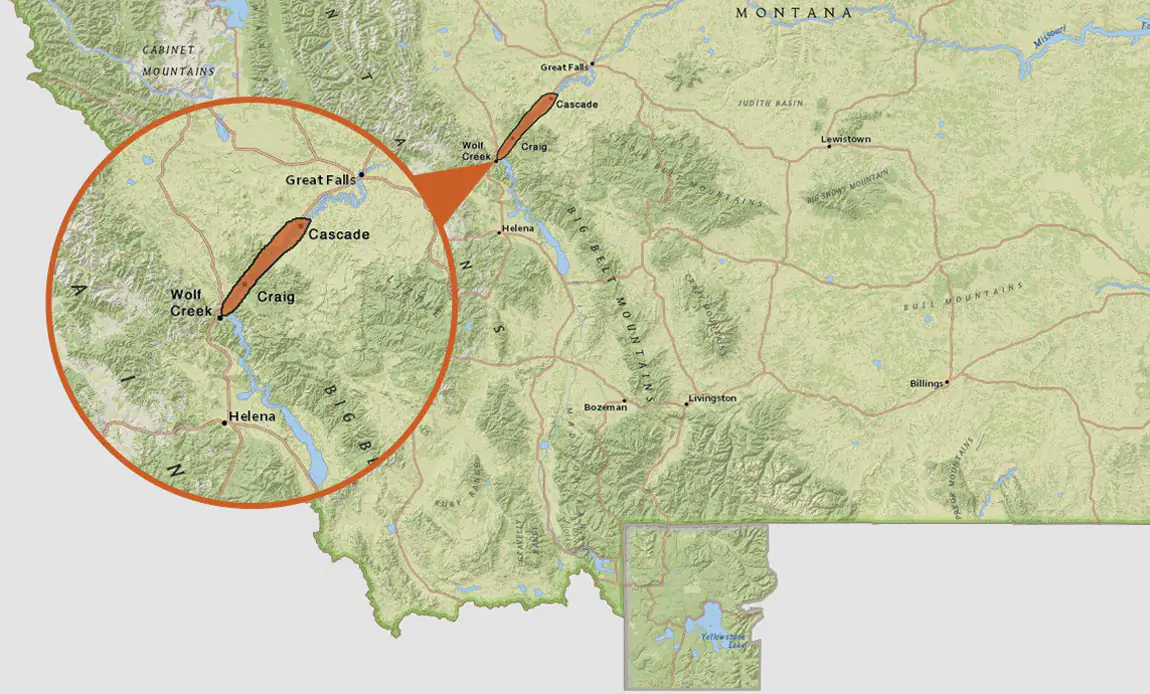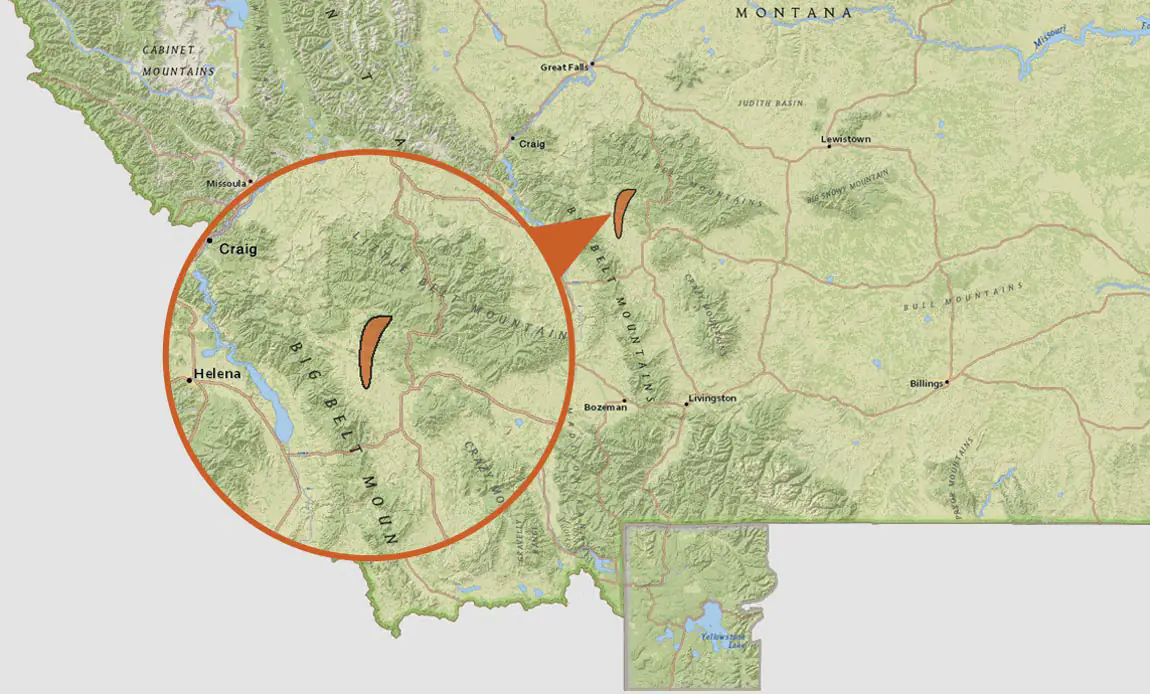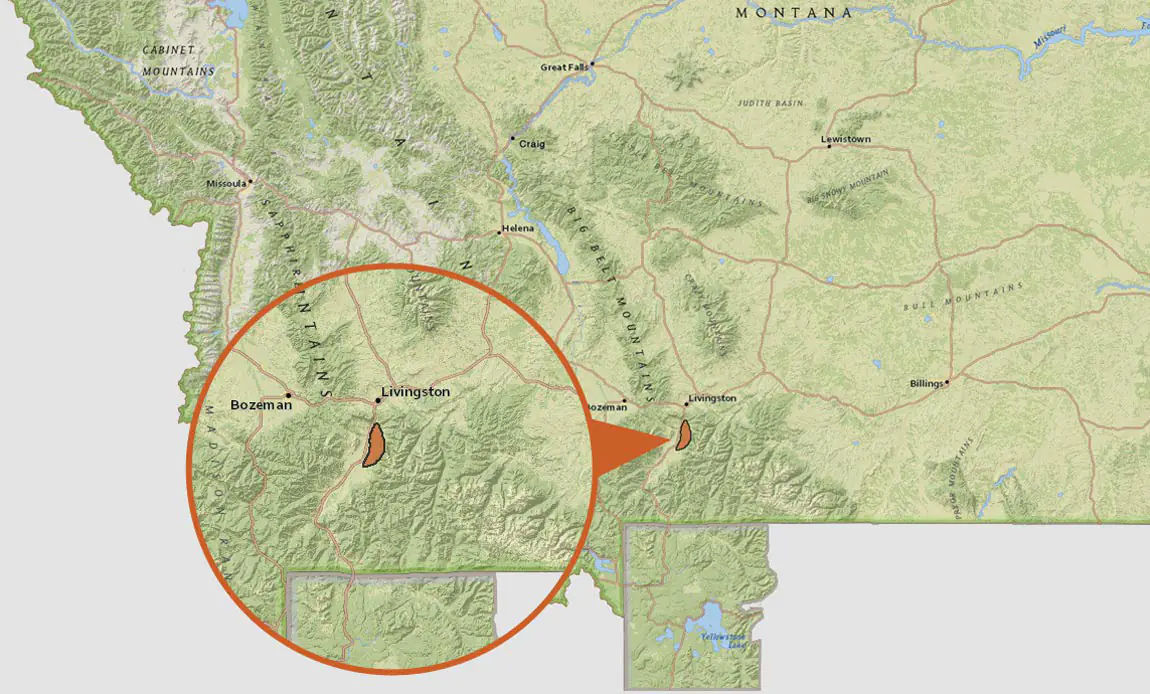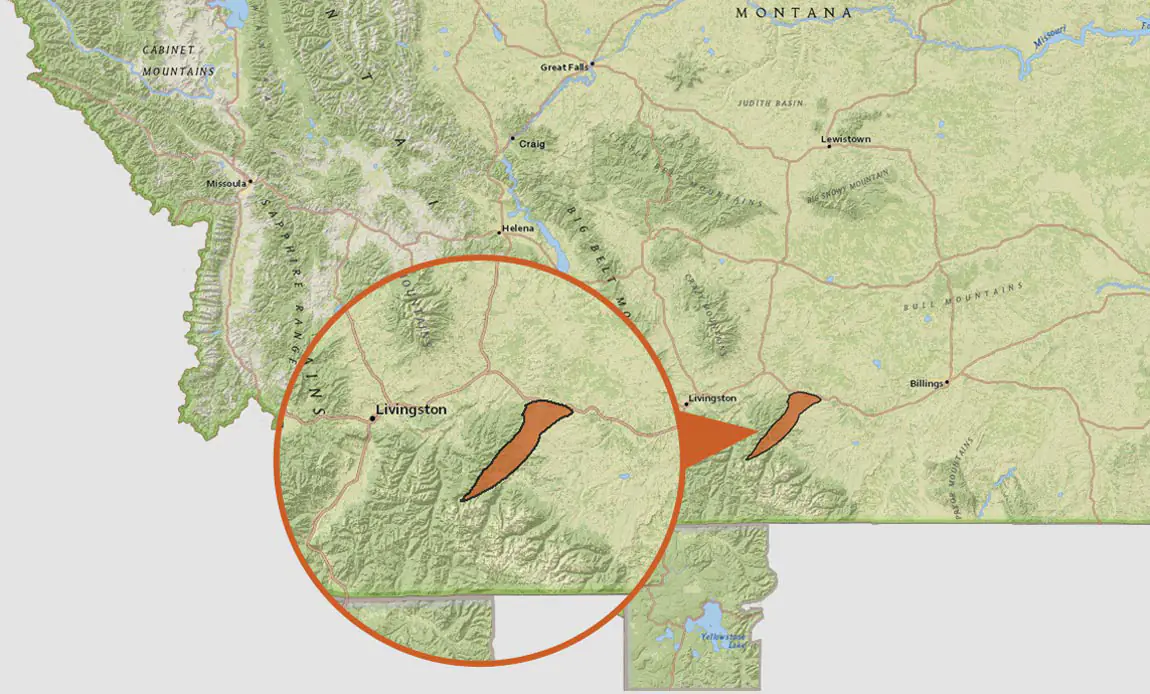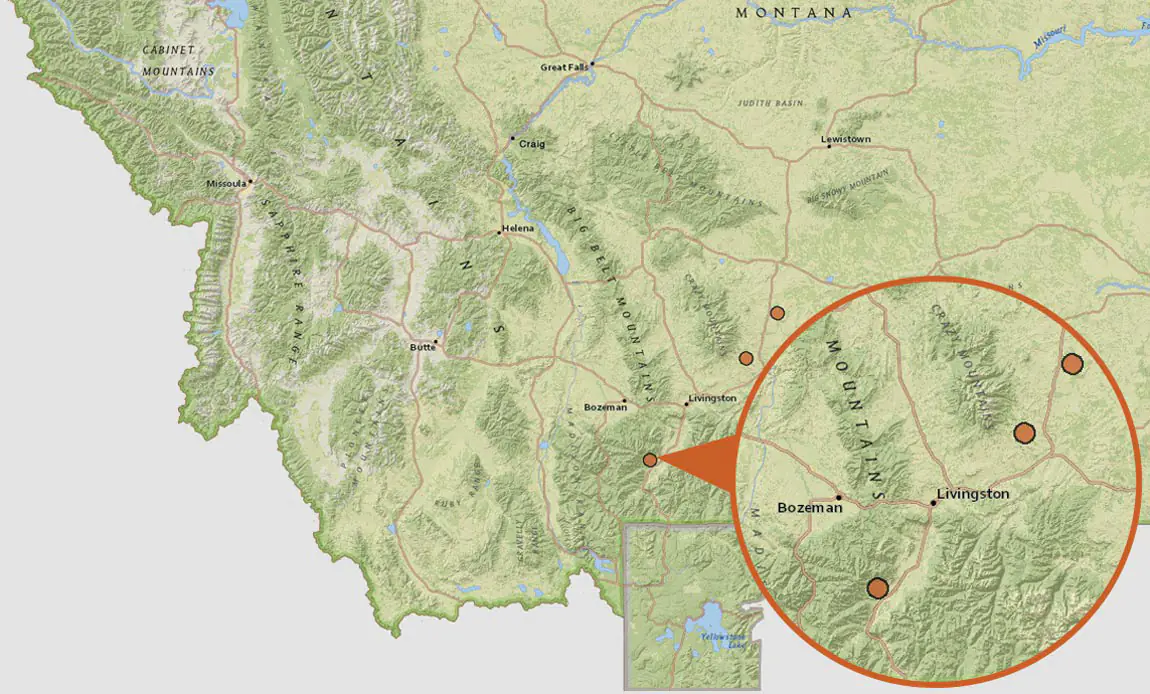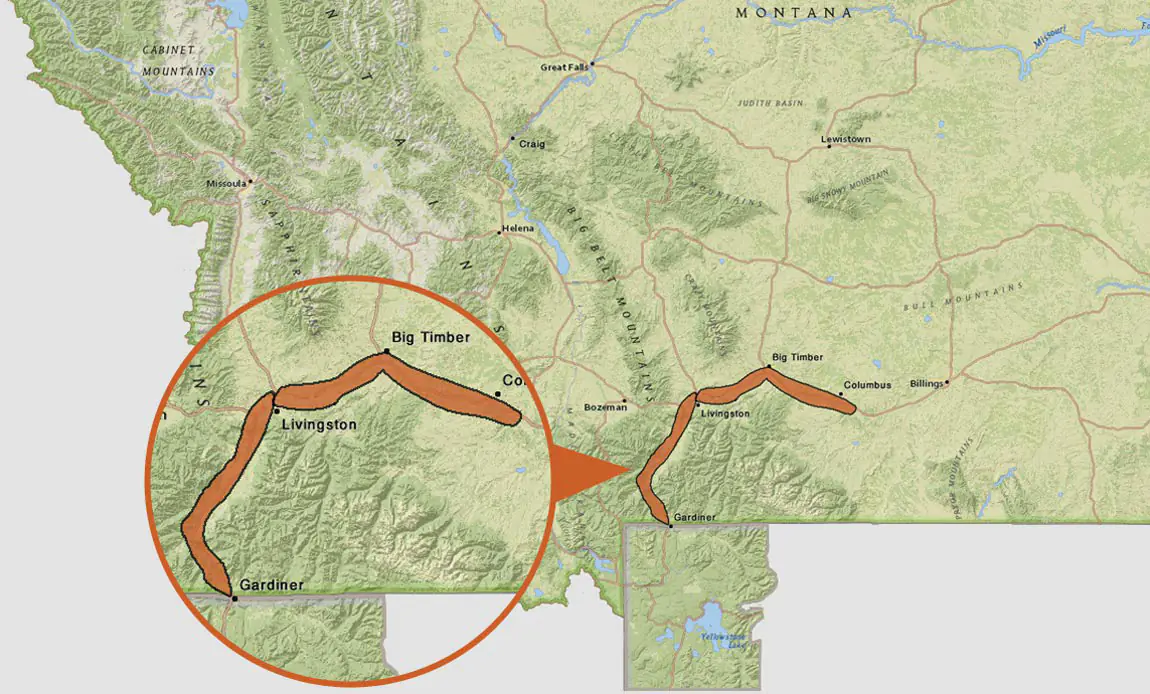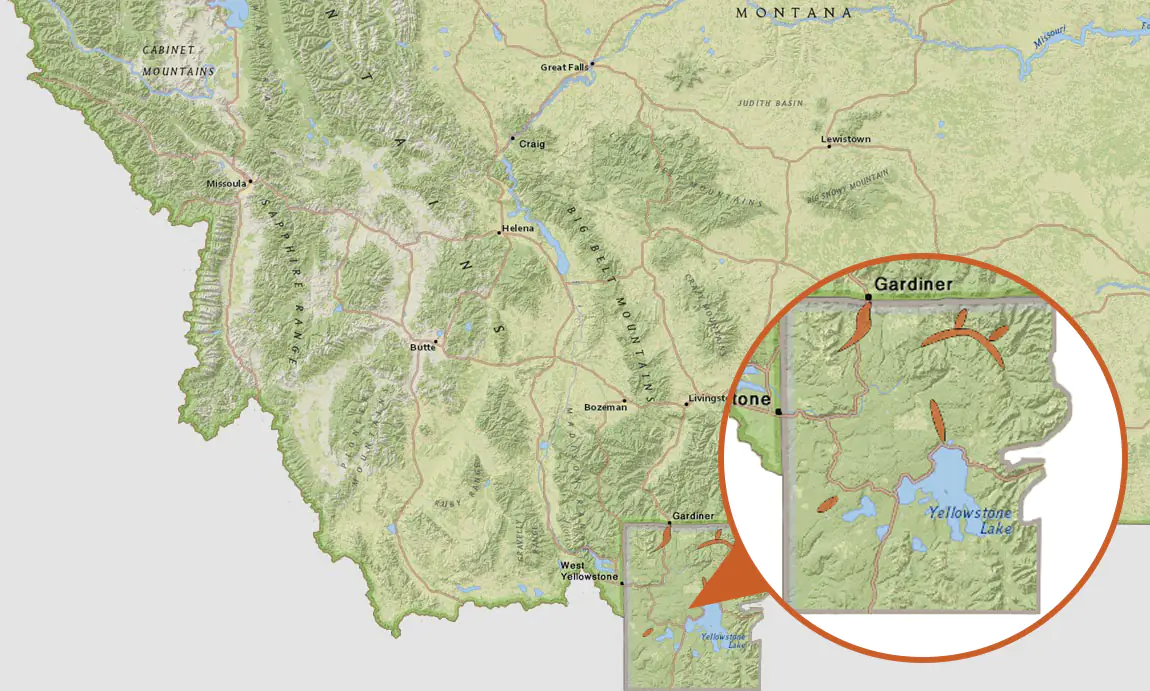As you can imagine this time of year for Montana fly fishing guides can be a bit tough. While most of us are enjoying some downtime by tying flies, skiing, traveling (mostly to fish), or working that offseason job – we still can’t help talking about fishing. Recently, a couple of Livingston guides Tony V, Jeff Pavlovich and Eric Adams took a road trip to Helena, Montana to look at the some of the new Adipose Boatworks drift boats – which are awesome by the way.
On the drive, Jeff and Adams had a conversation with veteran guide Tony V, who’s going on close to 20 years. As usual, our topic turned to fishing, guiding and drift boats.
It went something like:
Jeff: “How long have you been guiding Adams”?
Adams: “I think it’s been 10 or 11 years.”
Jeff: “How ’bout you V”?
Tony V: “I think about 15,000 river miles.”
Jeff & Adams: “HA, right!”
Tony V: “No seriously, at about 1,000 to 1,200 miles per year I think that pretty conservative.”
Insert long pause for Jeff & Adams to do the math (100+ days a season X 10-12 river miles per day).
Adams: “I think I could buy that, but the real question is how many trout do you think you’ve floated by”?
Tony V: “Forget trout, how about whitefish.”
Everyone laughs, then think about it. Group math ensues (using all our fingers and toes).
Jeff: “Yeah, I think it’s about 150 million whitefish.”
Adams: “No way”
Tony V: “FWP surveys say about 10,000 whitefish/mile, so that’s about right.”
After a brief solemn silence…
Adams: “I really don’t want to think about my ratio of trout caught/whitefish floated over – that’s going to UGLY.”
Tony V: “Well maybe for you it would be.”
Jeff laughs in the background, Adams gives V. the evil eye and the conversation degrades quickly from here with jibs about each others guide abilities and the like.
Here’s to some much needed Montana fly fishing this spring which will hopefully but ‘stir-crazy’ in the background!


